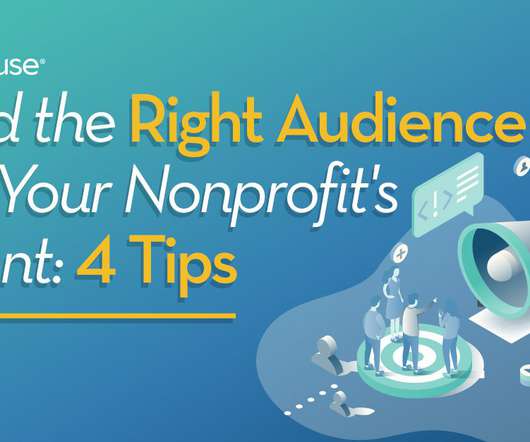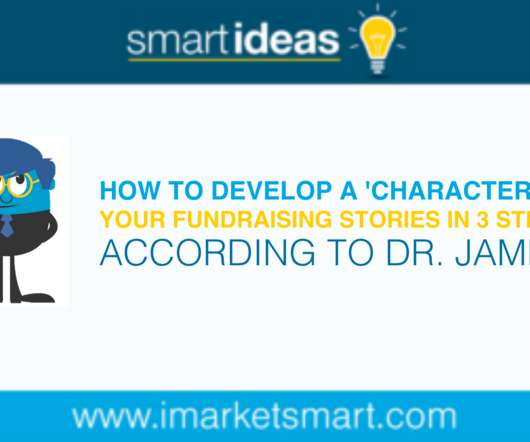The Psychology Behind Giving: Motivating Members to Become Donors
Bloomerang
JUNE 6, 2024
Understanding what flips the switch for your members to transform them from participants to passionate donors is the key to boosting your fundraising efforts. Social proof is a formidable force in philanthropy. The post The Psychology Behind Giving: Motivating Members to Become Donors appeared first on Bloomerang.













Let's personalize your content